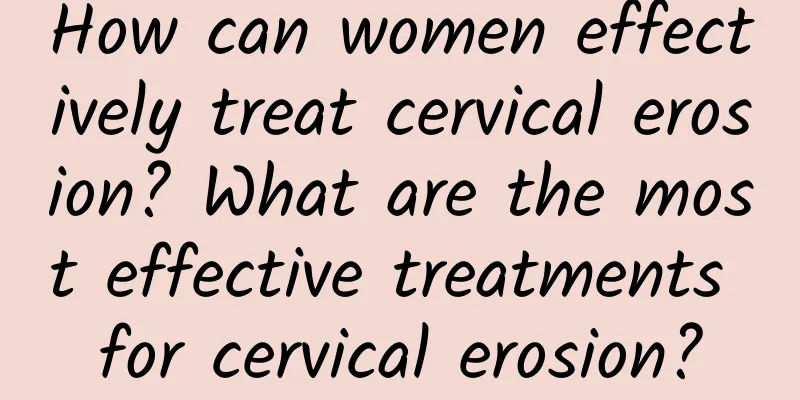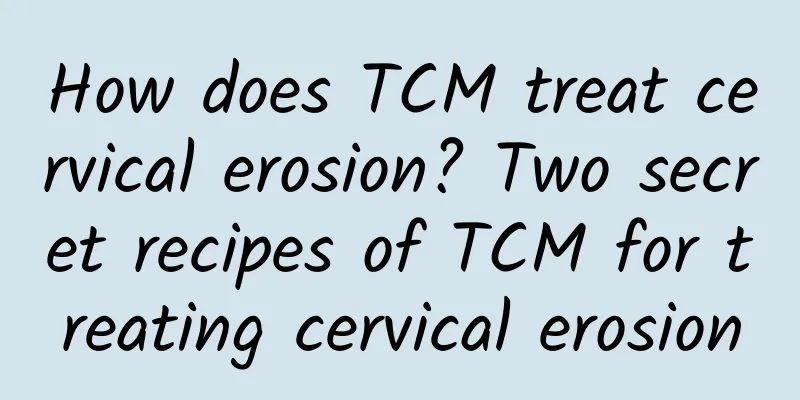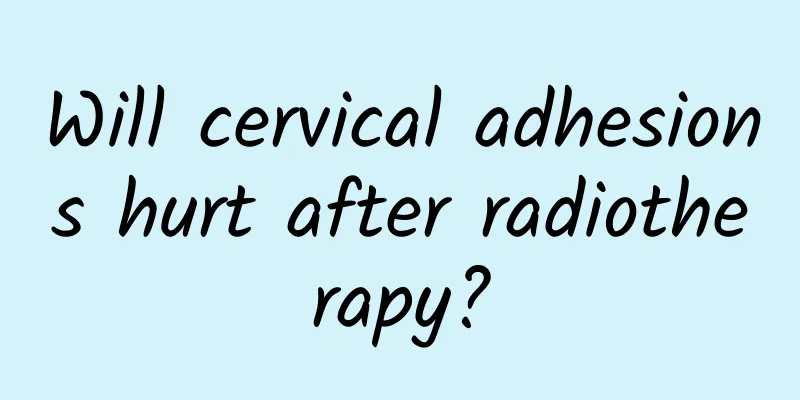What are the symptoms of functional uterine bleeding and how to treat it

|
Symptoms of functional uterine bleeding include irregular menstrual cycles, increased or decreased menstrual flow, prolonged menstrual periods, and intermittent bleeding. You should see a doctor as soon as possible to identify the cause to avoid worsening of the condition. Treatments include lifestyle adjustments, medication, and surgical intervention when necessary. Symptoms and possible causes 1. Menstrual cycle disorders Functional uterine bleeding is often manifested as anovulatory cycles, leading to irregular menstrual cycles, sometimes with intervals that are too long or too short, or even with bleeding occurring again after only a few days. This situation is usually related to hormone imbalance and endocrine abnormalities. 2. Abnormal menstrual flow or prolonged bleeding The patient's menstrual flow may increase or decrease significantly, or even last for several weeks or months. Prolonged uterine bleeding may lead to anemia, causing the patient to experience symptoms such as dizziness, fatigue, and pale complexion. 3. Irregular intermittent vaginal bleeding Due to ovulatory dysfunction, some patients may experience irregular vaginal bleeding during non-menstrual periods, usually without obvious pain. Intermittent bleeding may interfere with daily life, and one should also be alert to the possibility of other organic lesions. Treatment and advice 1. Adjust your lifestyle Excessive stress, lack of sleep and weight fluctuations may aggravate endocrine disorders. It is recommended to have a regular work and rest schedule, ensure adequate sleep, and get 7-8 hours of sleep every night. At the same time, improve the overall condition through moderate aerobic exercise (such as brisk walking or yoga, 30 minutes/day) and a healthy diet (iron-rich foods such as red meat, spinach, etc.). 2. Medication Drugs are one of the main treatments for functional uterine bleeding. You should choose a suitable plan under the guidance of a doctor: - Hormone therapy: Regulate the menstrual cycle and restore normal ovulation function through combined estrogen and progesterone therapy or the use of certain hormone drugs alone. -Hemostatic drugs: such as tranexamic acid, used for short-term hemostasis. -Medications to correct anemia: Iron supplements (such as ferrous sulfate or iron-containing supplements) can improve symptoms of iron deficiency anemia caused by long-term bleeding. 3. Surgical Intervention For patients who do not respond well to medication or who have suspected uterine lesions, surgery may be needed to help diagnose and treat: - Curettage: removes the endometrium to stop bleeding and exclude other organic lesions. -Endometrial ablation: used to reduce menstrual flow in women who are hormone insensitive. -Hysterectomy: Hysterectomy may be the final option for severe cases or for women who have completed childbearing and have no other treatment needs. If functional uterine bleeding is not treated in time, it may induce anemia, uterine lesions and other problems. It is recommended to see a gynecologist in time to find out the cause, so as to choose the appropriate treatment method and restore normal health. |
<<: Can cervical erosion be seen? Is it contagious?
>>: How harmful is cervical hypertrophy?
Recommend
Avoid gaining weight after the Chinese New Year, here are 6 quick notes on diet tips! Nutritionist teaches how to make sugar-free hot orange tea to remove fat
We eat and drink every day during the Chinese New...
What is the best way to treat pelvic effusion?
There is no best treatment for pelvic effusion. P...
Experts summarize specific nursing measures for ectopic pregnancy
According to statistics, the incidence of ectopic...
How long does Bartholinitis last?
In the acute stage of Bartholinitis, the vulva is...
5 symptoms that patients with irregular menstruation may experience
Due to factors such as illness and mental stress,...
How to distinguish between vulvar leukoplakia and vulvar eczema
How to differentiate between vulvar leukoplakia a...
What should I not eat after abortion? What should I eat after abortion?
What can't you eat after having an abortion? ...
Why is menstruation irregular after abortion?
Why is there irregular menstruation after abortio...
Introduction to the best treatment for chronic pelvic inflammatory disease
Chronic pelvic inflammatory disease is a relative...
Can I keep the baby if I get pregnant with endometrial tuberculosis?
Since acute endometrial tuberculosis often occurs...
What should women do if they have irregular menstruation during menopause? Is it normal for women to have menstruation every 2-3 months during menopause?
What are the differences between the symptoms of ...
Early symptoms of ectopic pregnancy in women
In recent years, the incidence of ectopic pregnan...
What causes irregular menstruation? Can I still get pregnant if I have irregular menstruation?
Menstruation is a physiological reaction that eve...
Study: Better athletic performance after getting enough sleep
Aunt Sam translated the article "Building Be...
KO butterfly sleeves! Towel fuck hard and throw it
The plump butterfly sleeves are always visible un...









